Before making Mad Max in 1979, George Miller was a neophyte filmmaker. Miller and producer Byron Kennedy had to pay and bribe the cast and crew with beer crates because the film’s initial budget was so low.
However, in the end, the picture proved to be a masterpiece that inspired not just the way action films were made and watched, but also other films, animation, and video games. Mad Max was heavily influenced by music videos such as Don’t Lose My Number and California Love.
Mad Max, on the other hand, is a better anthology than its imitators since it has evolved from a cult classic to a mainstream phenomenon. To commemorate this, we’ve compiled a list of 13 fascinating facts about the original Gibson/Miller trilogy that you may not be aware of.
Mel Gibson Was Discovered by Miller After a Bar Brawl
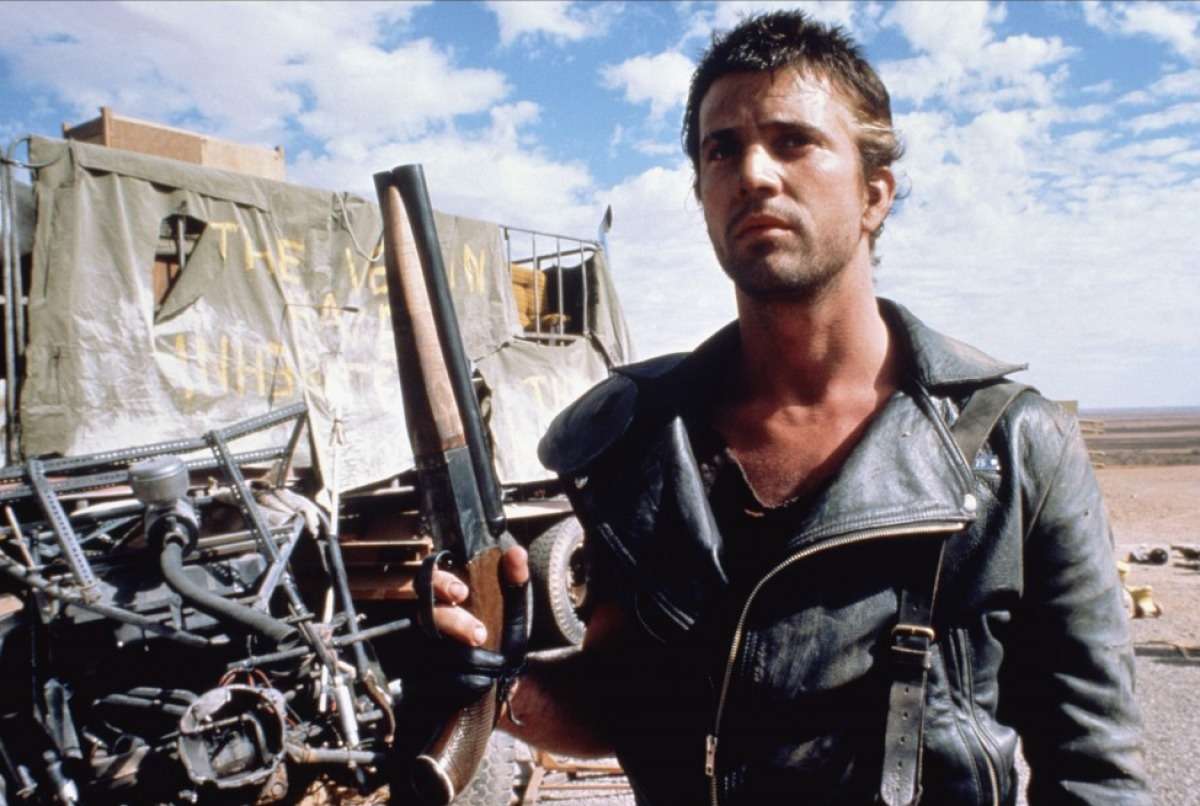
When you hear the name Mel Gibson, what is the first film that springs to mind? Most of us associate him with Mad Max or Lethal Weapon, however some may associate him with more critically praised films such as Braveheart.
This is only a small part of Gibson’s impressive resume, yet he came from humble origins. In 1977, his first picture, Summer City, earned him only $400.
So, it is an established fact that Gibson is one of the most acclaimed action heroes of the 80s and the 90s. His hot-headed nature was the charm of his character in the Lethal Weapon and the Mad Max anthologies, but hot blood ran through his veins in his youth.
In fact, he got the lead role in Mad Max due to one of his brawls. The night before he accompanieda friend of his to the Mad Max auditions, he got caught up in a fight with half a rugby team at a bar.
As such, he was black and blue when he arrived. Mad Max is all about freaks, so the crew took images of Gibson and asked him to return after his wounds healed. When Gibson returned, director George Miller immediately offered him the role in the 1979 film for $15,000 on the spot.
Director George Miller Worked As a Part Time Doctor To Get Funds
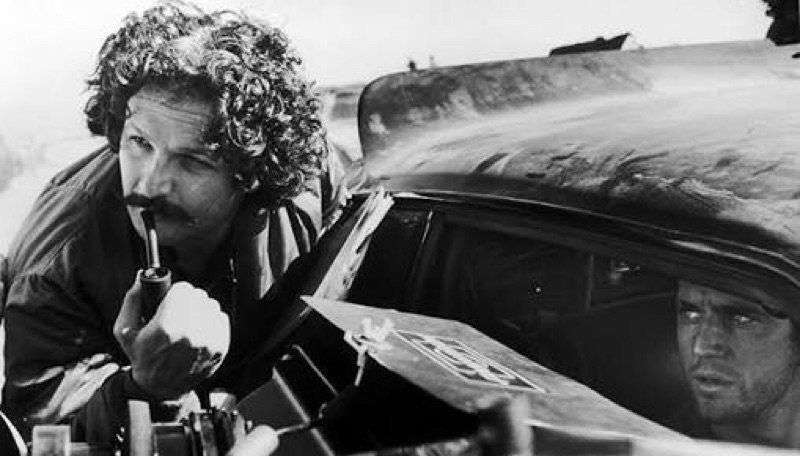
Director George Miller finished his residency at Sydney’s St Vincent’s Hospital in 1972 after studying medicine at the University of New South Wales. Miller, on the other hand, has always enjoyed being behind the camera, even as a child.
He took part in a film workshop hosted by Melbourne University while he was still studying, and while he wasn’t working as a doctor, he spent his time making short experimental films.
Mad Max was taken over by this doctor filmmaker, but his pal and producer Byron Kennedy didn’t have a large budget for Miller. The filming was completed, but there was a massive cash crunch for the editing and other things that come with post-production.
To deal with this, Miller resorted to his former profession and started working as an emergency doctor for three months. Whenever a call for a medical emergency came, Kennedy would drive and Miller would do the doctoring.
It’s difficult to conceive what a gem of a film we would have lost if Mad Max had gone wrong. But, hey, there’s a way where there’s a will. The total budget was probably between $3.5 million and $4 million.
George Miller and His Beer Bribes
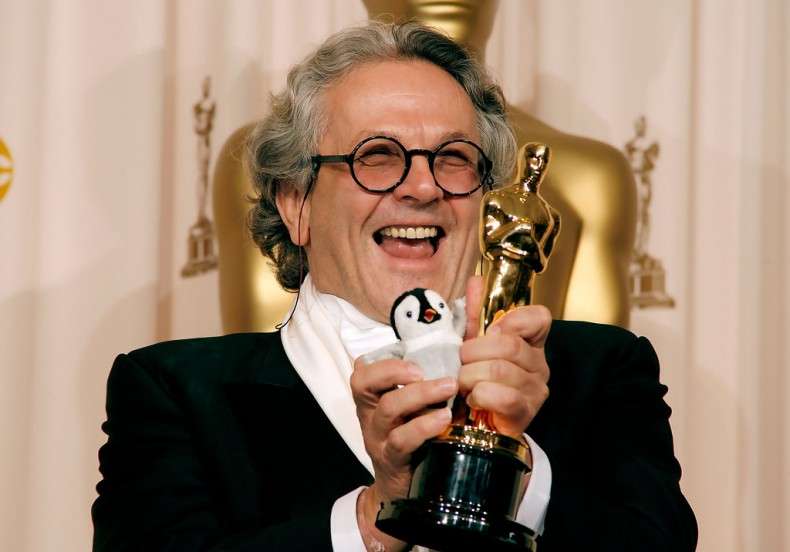
Making a dystopian action thriller film in the middle of a sweltering Australian desert is extremely tough. Although it is possible to work on a goodwill basis, individuals need money to work for you.
Furthermore, after slaving in the heat for hours, it’s only normal for them to return home with some cash. Money, on the other hand, was a scarce resource for Miller at the time. Despite getting compensated, several employees would prefer to leave due to the inclement weather they were filming in.
He again devised a strange but effective plan of paying and bribing his crew with beer crates. Yes, the crates also had to be bought, but it’s always cheaper to pay in kind than cash, and don’t we all know how much the Aussies love their beer!
Miller bribed everyone from the ambulance and truck drivers to the people portraying the biker gangs in addition to whatever amount they were to receive. For instance, Miller paid the truck driver fifty dollars and a beer crate for his truck and driving.
Melbourne Biking Clubs Who Played The Toecutter’s Gang Were No Less Than Daredevils
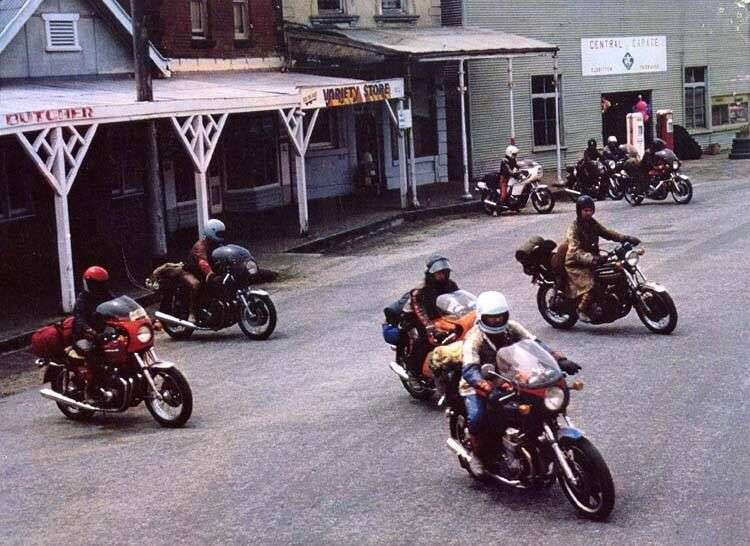
You would know the bikers in the film as the actors who played them. Whenever the camera closed up, we got to see the actors, and all of them did a great job at playing the cyclists. In truth, the performers rode the bikes in several of the scenes and spread the senseless carnage depicted in the film.
However, none of the actors have adequate riding experience to perform precise stunts, and you can’t have them riding in packs, pursuing automobiles, or falling from their bikes due to liability concerns.
As a result, they engaged expert bikers from local clubs for the larger and more dangerous stunt sequences. The Vigilanties, a Melbourne-based club, was the major club. It was the Vigilanties riders who performed the donut and mono by the Toecutter’s gang in Clunes, as well as Goose’s burnout down Claremont Street.
AVigilanties rider named Dale Bensch performed the bike to the back of the head stunt but the bike skid on the wet surface and hit Dale. Fortunately, he walked out unharmed and unscathed.
Other clubs such as The Victorian Four Owners Club and The Barbarians Motorcycle Club filled in when scenes with large groups of bikers needed to be shot. When it came to more dangerous stunts like jumping across Kirk’s Bridge, director Miller used professional stuntmen like Grant Page and Chris Anderson.
Due credit must be given to cinematographer David Eggby who would strap himself on a bike and hold the camera in his hand to shoot the high-speed chase sequences.
American’s vs. the Australian Accent
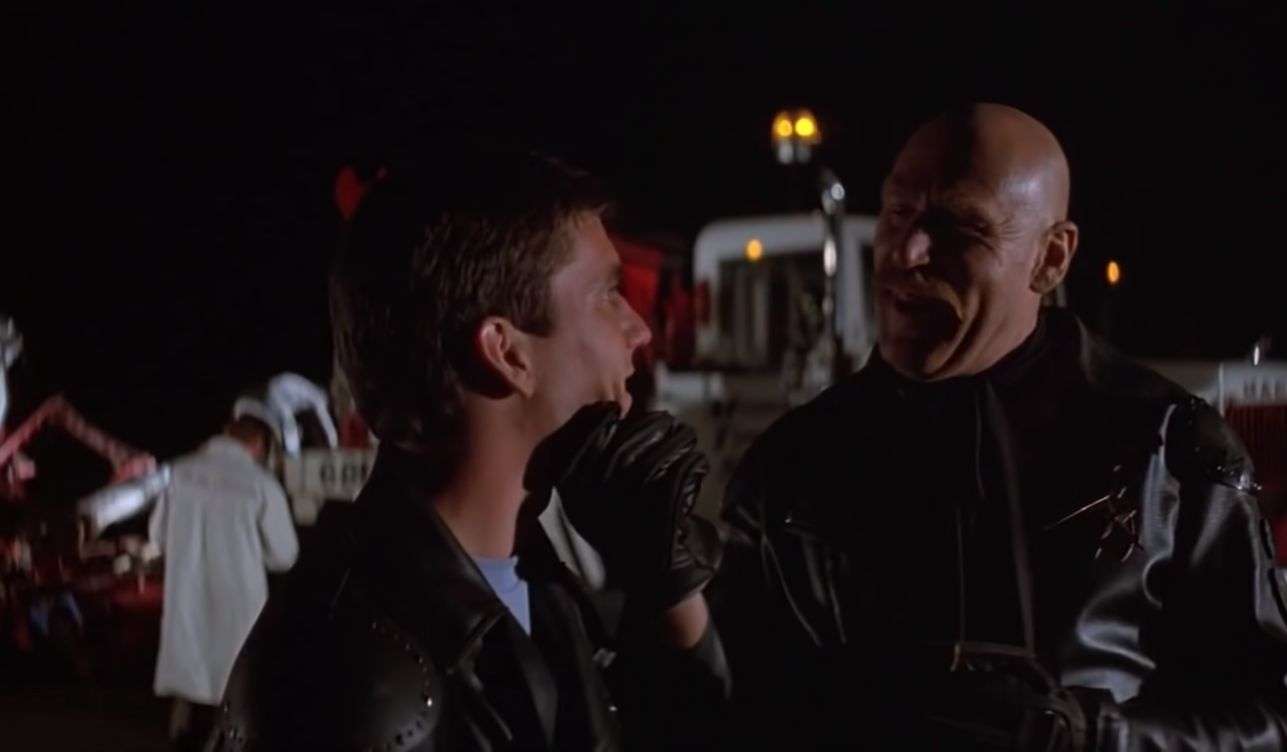
Let’s not get too worked up about it, but Americans have a hard time comprehending English slang from other countries. They did, at least in places where the number of foreign-made English films was significantly lower than it is now.
If the audience doesn’t understand what’s being said on the screen, it’s a distributor’s worst nightmare. If one cannot comprehend what is being said, the picture will fall flat like a pancake, no matter how good the action sequences and filming are.
So naturally, Mad Max was redubbed into an American accent before release. Australian terminology changed entirely:Oi!” became “Hey!”, “See looks!” became “See what I see?”, “windscreen” became “windshield,”“very toey” became “super hot,” and “proby”became “rookie.”
However, there were certain actors who were exempted from the dubbing, like the singer at Sugartown Cabaret played by Robina Chaffey. Interestingly, the redubbing was one of the reasons why the first Mad Max film didn’t perform well in Australia. Secondly, it was banned in New Zealand.
Bunch on Oil Exporting Arab Nations Inspired Mad Max 2
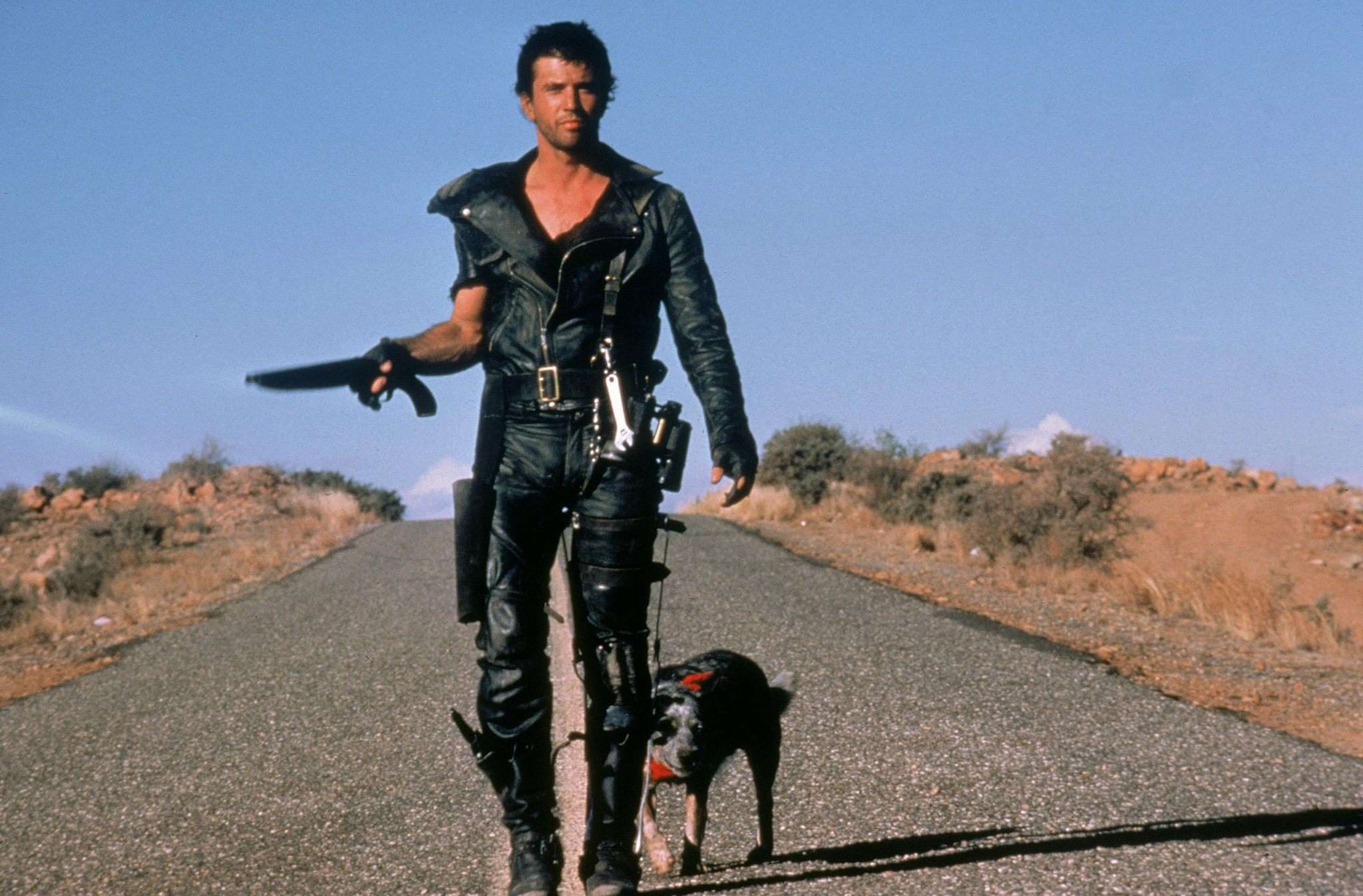
Mad Max 2 takes place in a world ripped apart by conflict as a result of a global energy crisis. The world has devolved into a barbarous state, with everyone scavenging for food and gasoline.
Max Rockatansky roams the Australian wilderness in these circumstances, seeking vengeance for his family’s terrible murders. In this post-apocalyptic Australia, his search for petrol leads him to the Marauders, a motorbike warrior group led by Lord Humungus.
The Marauders present a life-threatening threat to a nearby community, but Max offers assistance in exchange for an endless supply of oil.
Director Miller came up with the idea of making the oil crisis the basis of his story after the events of the oil embargo of the 70s. On October 6th, 1973, Arab countries led by Syria and Egypt attacked Israel and the war went on for six days.
After the conflict, the Organization of Petroleum Exporting Countries imposed an embargo on the United States and other countries that seemed to be supporting Israel. Apart from imposing the embargo, they even reduced oil production, and this led to a global oil crisis.
George Miller simply twisted this occurrence into an exaggerated worldwide crisis that lasted decades in Mad Max 2. The film went on to gross $36 million, making it Australia’s highest-grossing picture at the time.
Miller, Hitchcock And the 16 lines of Mel Gibson
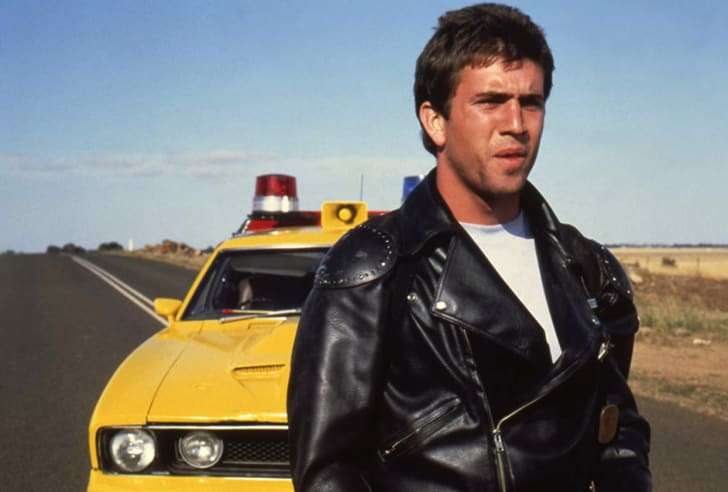
If you remember Hitchcock’s films, you’ll notice that they don’t require subtitles, even if they’re being watched in Japan or South Korea. Because there is so much visual action, language is only used as a complement.
Miller claimed in an interview that the famous Alfred Hitchcock influenced him. Despite being the leading man, Mel Gibson only had sixteen lines in the movie. Mad Max 2 continues this tendency by depicting a future violent world devoid of meaningful dialogue.
The Memorable But Unfortunate Scene of Mad Max 2

A motorcycle soars over the hood, bangs into the car, and summersaults towards the camera in the film The Road Warrior. This was one of the film’s most memorable scenes, but it wasn’t supposed to go down the way it did.
He was just intended to slam into the automobile, soar over the hood, and hit the ground safely. The motorcyclist, however, lost control of his body and was involved in a catastrophic accident that fractured his leg and nearly killed him.
George Miller thought the scene was real and decided to keep it. You can notice one of the stuntman’s legs bending at an unusual angle around the knee if you look at his body frame by frame through his cartwheels.
Lord Of The Flies and a Nobel Prize Winner’s Influnce on Beyond Thunderdome
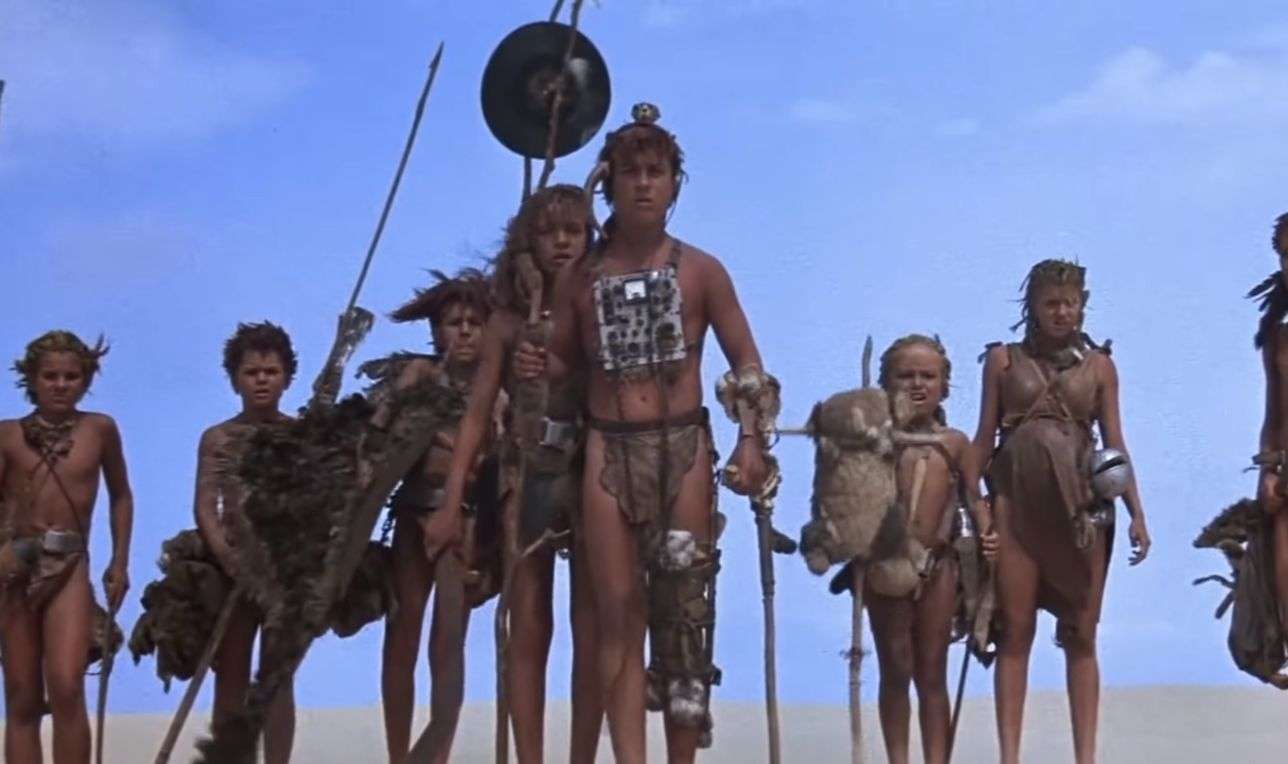
The third and final part of Mel Gibson’s Mad Max series focuses on children and how Max aids them. The novel Lord of the Flies was written in 1954 by Nobel Prize-winning British novelist William Golding.
It follows a group of British children who become stuck on a remote island and seek to govern themselves in a terrible manner. Thunderdome was inspired by a bizarre concept and Golding’s work, according to Miller in a 1985 interview.
George Miller and writer Terry Hayes were talking about some philosophical things like how people with limited knowledge tend to be grand on their beliefs and rituals. He went on to give the example of native Australian tribes. Then they quickly thought about children in the post-apocalyptic world.
Children don’t really have a fair idea about how the world works, and they only possess basic ideas about core concepts like democracy, science, and polity.If an abandoned group of children were left to fend for themselves, they were bound to fall short on knowledge and fall back on rudimentary beliefs.
And it was Terry who suggested the impact of someone like Max on the children, someone who has seen a lot more world than they did and who can help them destruct their blind beliefs and rely on empirical knowledge.
The Saw Franchise Saw Its Beginning Through Mad Max
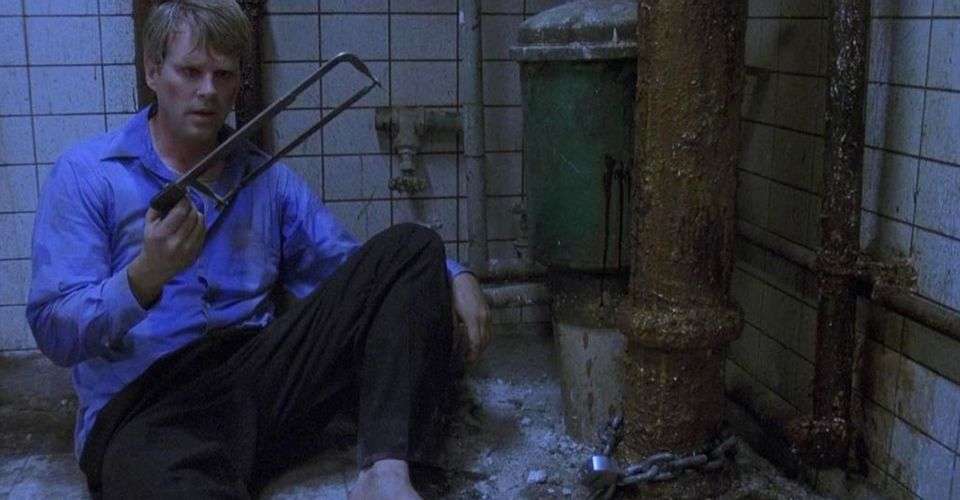
In 2004, James Wan released the first Saw film, which ushered in a new era in horror filmmaking and viewing. They genuinely enjoyed and valued the genre, and their film is a fitting tribute to both previous and future horror films.
The film was, however, inspired by Mad Max, as both films have a similar ending in which a man is bound to an immovable object. Max ties the villain to his destroyed car and tells him that if he wants to survive, he’ll have to slice off his foot.
Furthermore, Saw’s essence is essentially defined by the loss of innocence and isolation from the outside world. And, we all know how Max travels through the wilderness of post-apocalyptic Australia while fending for himself and surviving.
Both Wan and Whannell grew up in Australia, and their local blockbuster clearly influenced them.
The Great Dog Named Dog
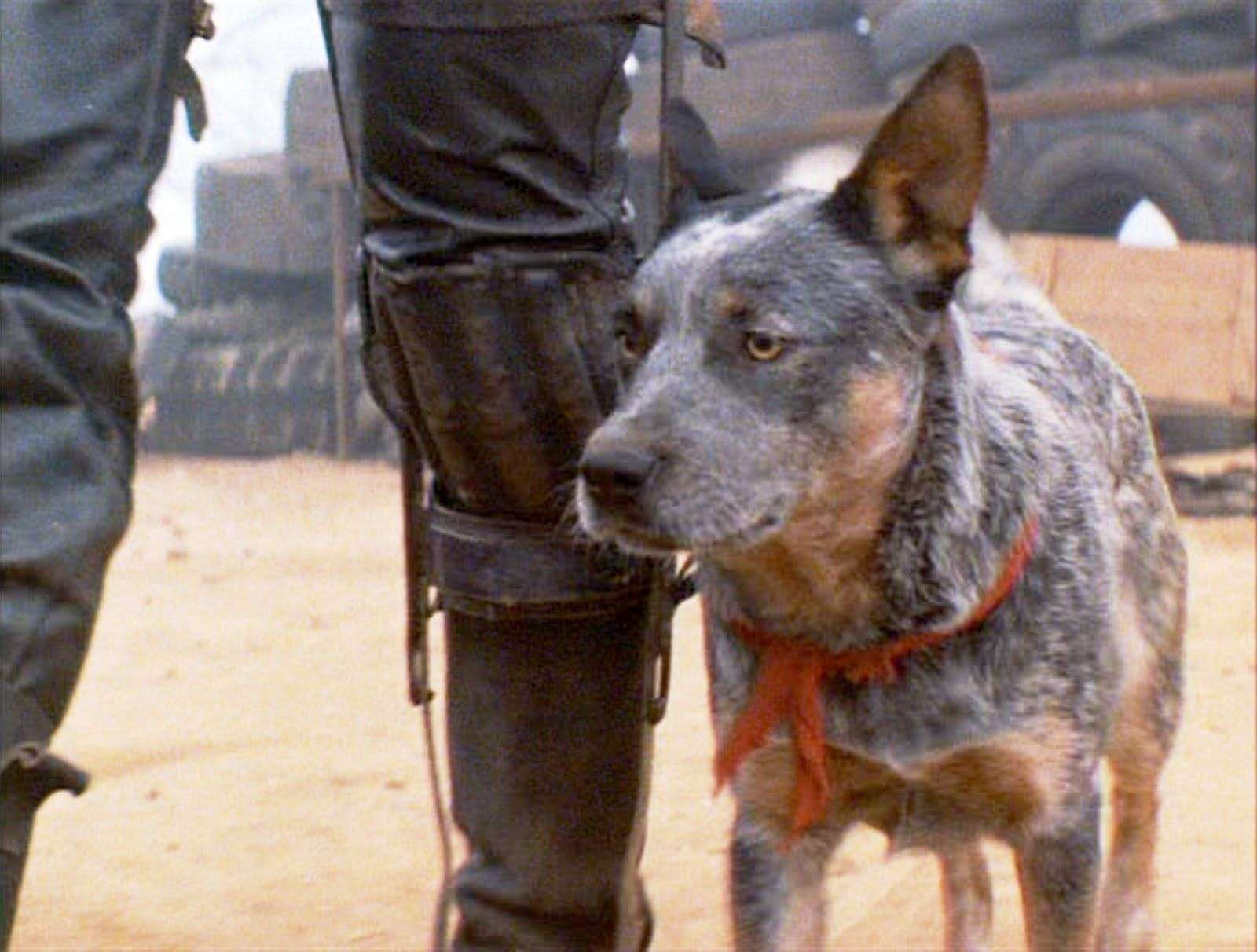
After losing his family, Max adopted an Australian cattle dog and set out to exact his vengeance. The true story behind this dog is enthralling. Miller found a dog in a dog pound after looking for dozens.
A day before Miller adopted him, the dog was going to be euthanized. Adopted dogs are usually aggressive toward humans, but this one was quite lively and sociable. Miller chose him after he retrieved a stone thrown by Miller and returned it to him.
The dog, on the other hand, was not yet ready to respond because it was terrified of the loud motor noises and exhibited no signs of aggression or barking. Miller was able to fix these problems by employing a smart camera and stuffing cotton into the dog’s ears.
The dog was to attack Bruce Spence’s character Gyro Captain but the dog wouldn’t attack, so they played keep-away with the Gyro Captain’s scarfuntil the dog became conditioned to jump at the scarf, this gave the impression that it was jumping at Gyro Captain to attack him.
Beyond Thunderdome Almost Didn’t Happen Because Of An Unexpected Demise
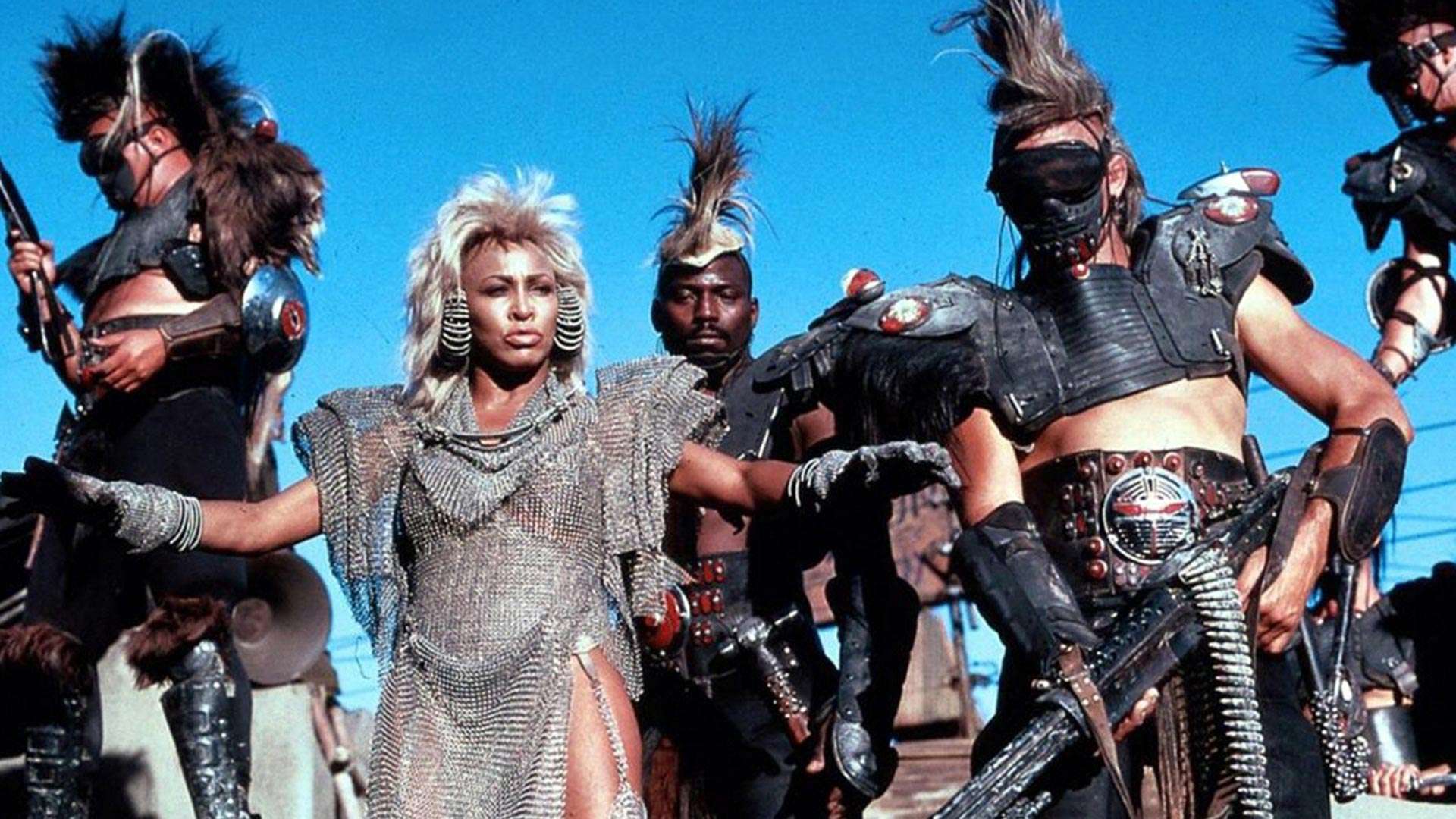
Mad Max 2 was a big economic and critical success, and a sequel is normally in the works, but George Miller was in a pickle after the death of his long-time friend and collaborator Byron Kennedy.
In 1971, Miller and Kennedy met at Melbourne University, and in 1978, they founded Kennedy Miller Productions. Their friendship was unique in that it didn’t begin because of their shared job; rather, their friendship began because of their shared work.
They went on to collaborate on a number of films. When the helicopter Byron was piloting crashed, he died terribly. Miller was deeply affected by the tragedy, and his first reaction was to take a break from filmmaking.
However, as time passed, he recovered from the grief and took the filmmaking reigns once again. The production company then went on to make blockbusters like the Happy Feet anthology and renamed itself Kennedy Miller Mitchell. Clearly, Miller honors his late friend’s legacy.
Fury Road Was To Be Made In The 90s
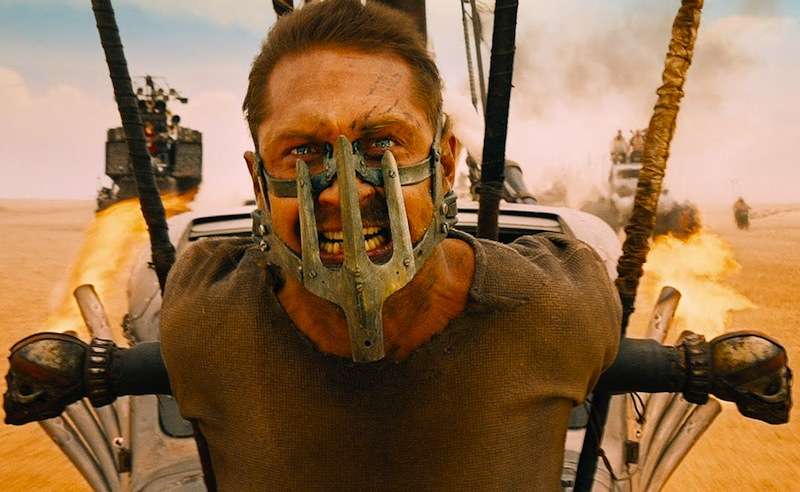
Miller had become a Mad Max master, and he planned to make another one in the 1990s. Pre-production began in 1997 and lasted until early 2000. Then there were the awful events of 9/11 and the Iraq war.
Because the chosen location was in Namibia, and the war imposed various travel restrictions, production was halted for a long time. When things appeared to be getting back on track, further tragedies occurred, and the sequel was further delayed.
Miller considered the legendary Heath Ledger but his sad, sudden and untimely demise made a hole in the filming process, and this hole would later be filled by another veteran in the form of Tom Hardy.
Finally, the filming started in 2012 and Mad Max Fury Road starred Tom Hardy and Charlize Theron. Mad Max fans around the world would be truly delighted to know that two sequels, named Mad Max The Wasteland and Furiosa, are in the pipeline and are scheduled to release in 2023.
